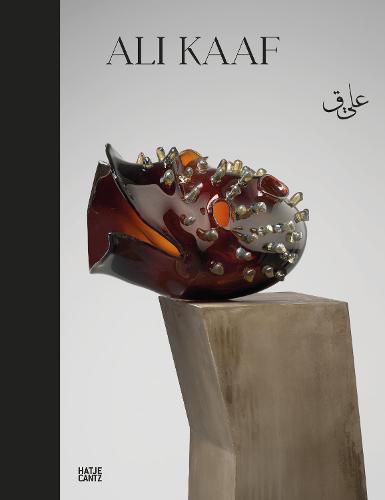Readings Newsletter
Become a Readings Member to make your shopping experience even easier.
Sign in or sign up for free!
You’re not far away from qualifying for FREE standard shipping within Australia
You’ve qualified for FREE standard shipping within Australia
The cart is loading…






Published on the occasion of Ali Kaaf’s exhibition Ich bin ein Fremder. Zweifach Fremder at the Museum fur Islamische Kunst in the Pergamonmuseum Berlin, the catalogue documents the sculptural intervention created in the context of the Mschatta Facade. The eventful history of this icon of Islamic architectural culture is not only a metaphor for human existence, but also equally for the biography of the German-Syrian artist. The volume is augmented to include works on paper from past groups of works in the Rift series and Byzantine Corner, which illustrate Kaaf’s intermedial working method. In subtle, abstract imagery, he works with layerings, incisions, burns, photography and digital image processing. Through the artistic exploration of breakages and reassemblages, complex spatial voids emerge that reflect both intercultural and internal processes.
$9.00 standard shipping within Australia
FREE standard shipping within Australia for orders over $100.00
Express & International shipping calculated at checkout
Published on the occasion of Ali Kaaf’s exhibition Ich bin ein Fremder. Zweifach Fremder at the Museum fur Islamische Kunst in the Pergamonmuseum Berlin, the catalogue documents the sculptural intervention created in the context of the Mschatta Facade. The eventful history of this icon of Islamic architectural culture is not only a metaphor for human existence, but also equally for the biography of the German-Syrian artist. The volume is augmented to include works on paper from past groups of works in the Rift series and Byzantine Corner, which illustrate Kaaf’s intermedial working method. In subtle, abstract imagery, he works with layerings, incisions, burns, photography and digital image processing. Through the artistic exploration of breakages and reassemblages, complex spatial voids emerge that reflect both intercultural and internal processes.